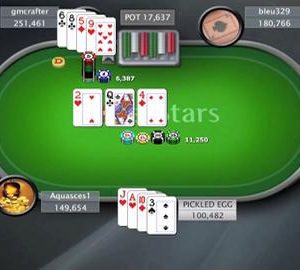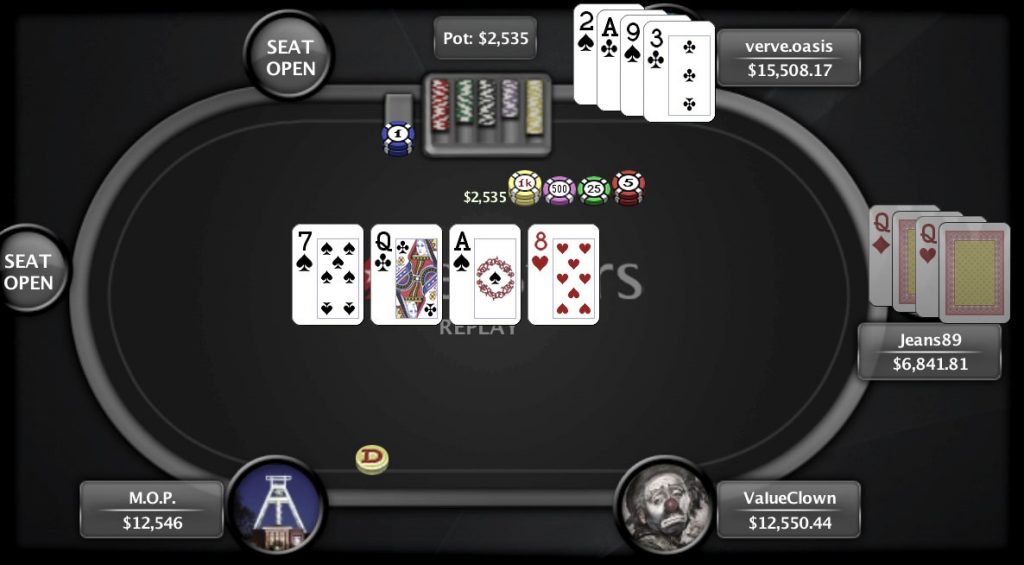Reasons to Raise With a Nut Draw in Omaha Hi-Lo

In many lower limit Omaha Hi-Lo games you will find that players are not raising with their nut draws. Many will be content with check-calling when they are drawing in the hopes that they get there. However, there are advantages to making a raise when you have a nut draw. Let’s look at them.
Defining Opponent Hands
If you raise with a nut draw, this will quickly allow you to get an idea of where you may stand. For example, if the board is uncoordinated and your opponent three-bets you, then chances are they just flopped a set.
If the board is paired, then you have to give the player some benefit of the doubt on a potential full house. If you flop a nut flush draw, but the board is paired, a three-bet could signify that they have their full house.
You can also tend to figure out who else is drawing when you raise. Many players like to check call with their draw. Of course, there is a chance that you can take down the pot with your raise.
Also, there are highly aggressive Omaha Hi-Lo players that bet the flop to scare players. Depending on your image and the hands you’ve shown at showdown, these aggressive players will sometimes get out of the way to a lot of action.
Getting a Free Card
When you raise on the flop with position on your opponents, you are potentially setting yourself up to get a free card. Unless your opponents improve on the turn, they will usually check to you.

You can either continue firing, or you can take a free card and save yourself one big bet if you miss. Granted, if you check on the turn after raising the flop, players will put you on a draw and if that draw gets there on the river, you likely won’t get any action.
The exception to this is if your opponent is drawing to the sucker end of a draw. For example, the flop is 3-8-9, and you have A-2-J-10. A seven will give you the nut straight and the nut low. If a player has something like A-4-5-6, they will probably call you down with second nuts all around.
Force Out Weaker Hands, Non-Nut Draws, and Rocks
Part of defining opponent hands is forcing players out of a pot with inferior draws. For example, if a potential flush and straight is on board and you raise with the nut flush draw, the player with the weak straight draw or 2nd low draw may think better of calling your raise.
In some cases, you will force out a hand that may win or chop with you. Many rocks will not stay in a hand in Omaha Hi-Lo unless they are drawing to the nuts when they are facing serious action. They may actually be ahead, but they fold out of fear of either getting outdrawn or because they feel they may be behind.
Potential counterfeiting is another reason to bet your draw. If an opponent has A-2 and a deuce falls on the board, they are unlikely to continue unless they have a backup in the way of a three or four.
Remember that even if you raise with a draw, you are still on a draw. If you do not get there, don’t get crazy with betting unless you feel the bet will win the pot. Also, be always careful of the board pairing or an alternate draw hitting the turn or river. Make sure you are still drawing to the nuts. If not, you will need to slow down, or even get out of the hand to significant action.
